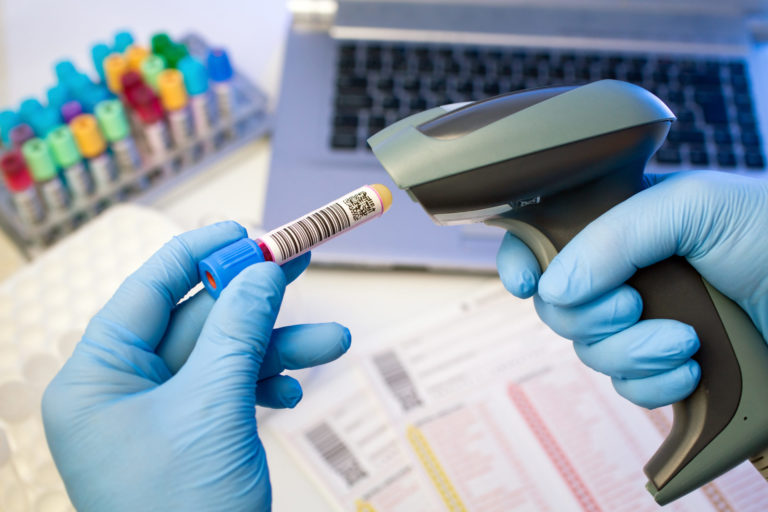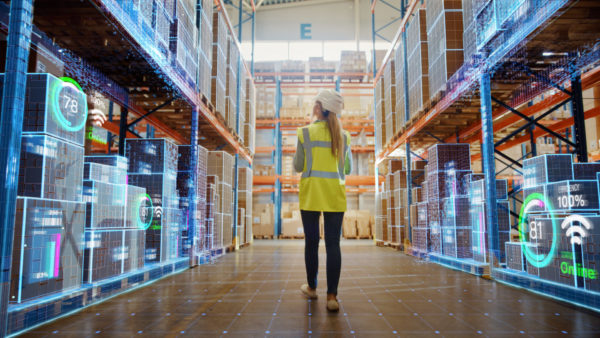The traceability of drugs is an important health issue in the world. What is traceability? What are the challenges of traceability? What are the means used to trace drugs?
Definition of traceability
There are several definitions of traceability.
The first that of the ISO 9000 standard gives the following definition: “Traceability is the ability to trace the history, application, use, and location of an item or its characteristics through recorded identification data.
ISO 84002, states that traceability is: “the ability to trace the history, use or location of an entity through recorded identifications.” It follows from these two definitions an observation: traceability allows to identify a product, such as a drug, to follow it with the “trace”, and to know its history.
What are the objectives of the traceability of drugs?
The stakes of the traceability of drugs
The main issue is to fight against the introduction of counterfeit drugs.
As indicated by the WHO (World Health Organization), the consumption of falsified medicines is the cause of many deaths in the world. For example, according to research by the World Health Organization (WHO), “1 in 10 medicines in circulation in low- and middle-income countries is estimated to be either substandard or falsified.
This study indicates that patients are consuming drugs that are not treatable and potentially dangerous to their health.
In the European Union, the European Directive Number 2011/62/EU voted by the European Parliament in 2016 came into force in February 2019. It provides guidance on the traceability of medicines and strengthens the fight against the falsification of medicines.
The overriding issue is to fight against the counterfeiting of medicines to protect human health, guarantee the quality of the medicine, and ensure the withdrawal of the medicine from the distribution circuit in case of falsification or other problems. This fight implies the implementation of effective and proven means.
Resources used for the traceability of medicines
Serialization and aggregation are means used for the traceability of drugs.
The serialization of drugs is an identification process integrated into a dynamic environment of the distribution circuit of health and pharmaceutical products, allowing identifying a batch of fraudulent products.
On the other hand, aggregation concerns the marking and traceability of the entire carton containing each drug case and the entire pallet of drug cartons.
Two technologies used for drug traceability
The Datamatrix
The Datamatrix code is a two-dimensional matrix barcode. It was developed in the USA in the 80s. This code can encode 31116 digits.
The Datamatrix, a component of the system of serialization of the drugs, includes four principal components:
- The fixed limit line
- The unclosed limit
- The zone of memory containing the binary information
- The rest area is an empty area surrounding the Datamatrix code.
The Datamatrix has a strong interest because it is independent of any other source of information. Indeed, it can contain all the data of the product. On the box of drugs, it is often found near the lot number and the expiration date.
Codification and traceability of drugs
The National Agency for the Safety of Medicines and Health Products stipulates that the CIP code (Presentation Identifier Code) is used to identify a pharmaceutical product.
- The unique presentation of the drug includes the following information:
- The name
- The pharmaceutical form
- The dosage
- The packaging and the capacity of its packaging
This 13-digit code must be mentioned in any pharmaceutical product’s marketing authorization decision (decision and its annexes).
RFID technology
RFID is the technology of identification by radio frequencies. It has existed since the 1970s. Its operation is based on magnetic and electric fields. This technology memorizes and recovers data remotely through markers (RFID tags).
Thus, RFID does not require physical or even visual contact between the goods and the reader.
The main disadvantage of this technology is the risk of infringement of data protection: RFID tags can be read by any reader.



